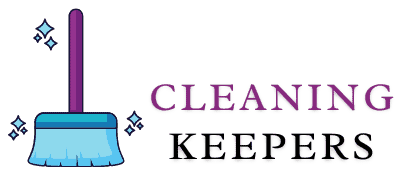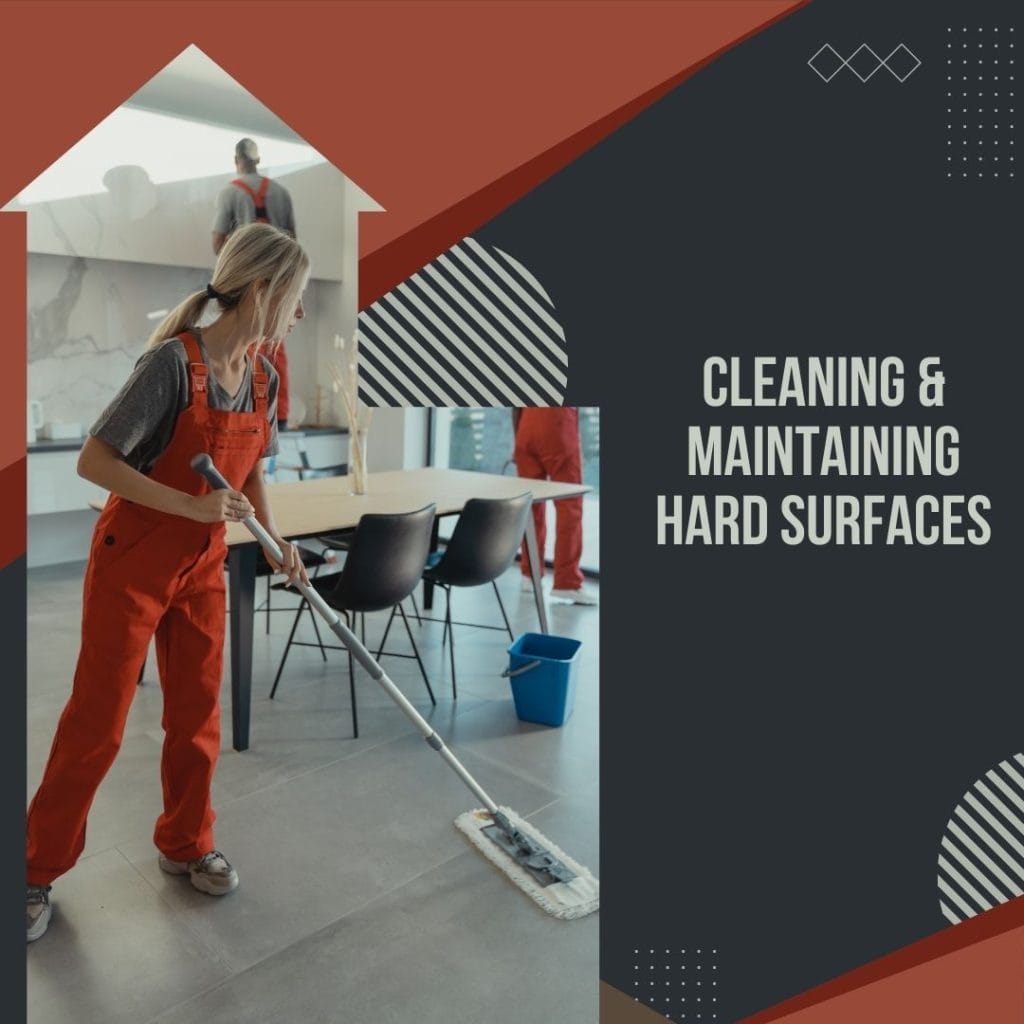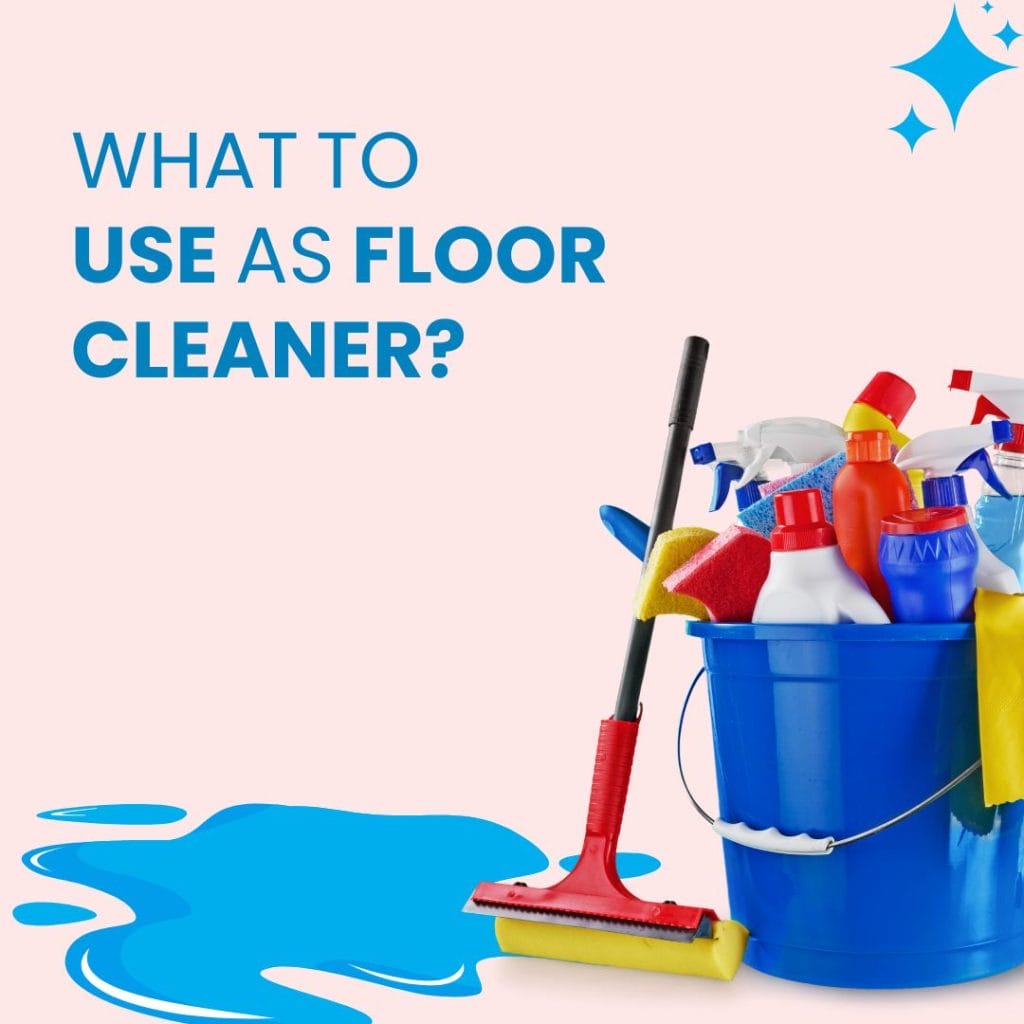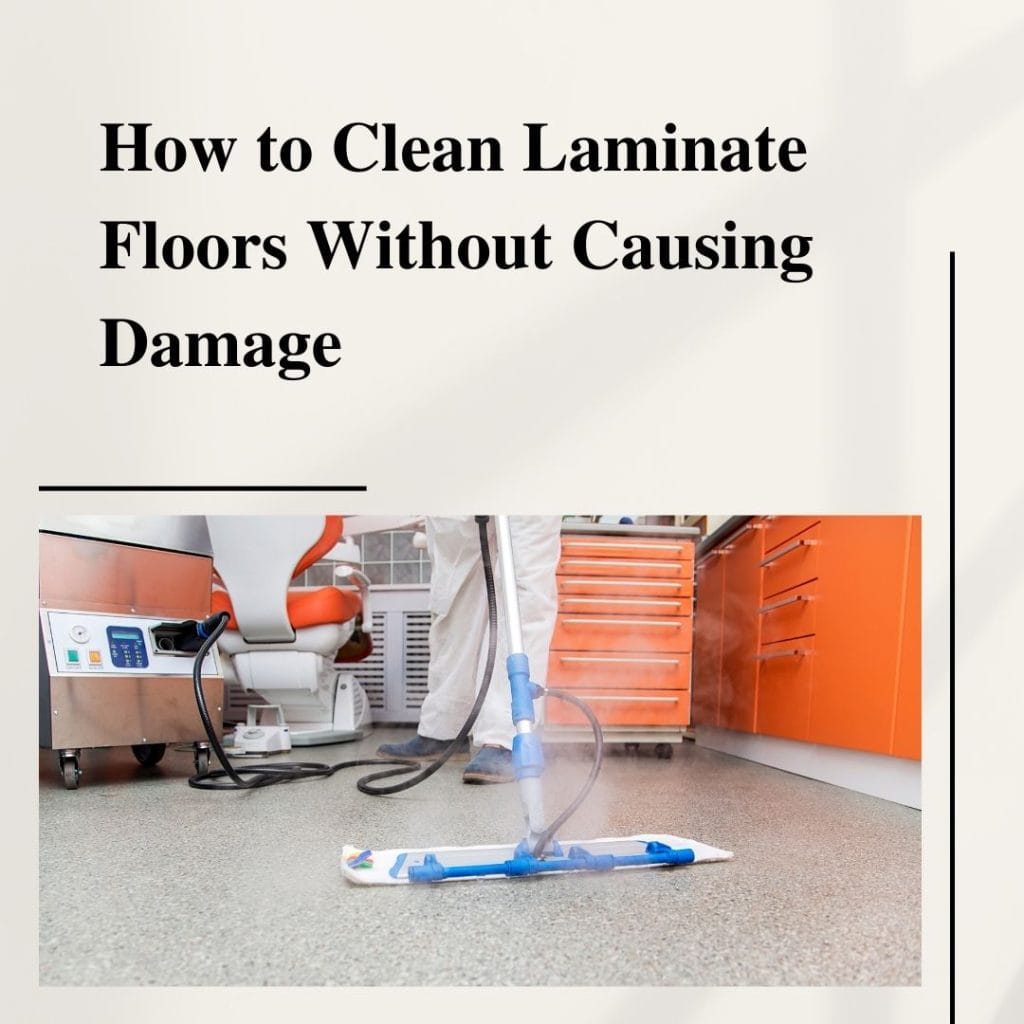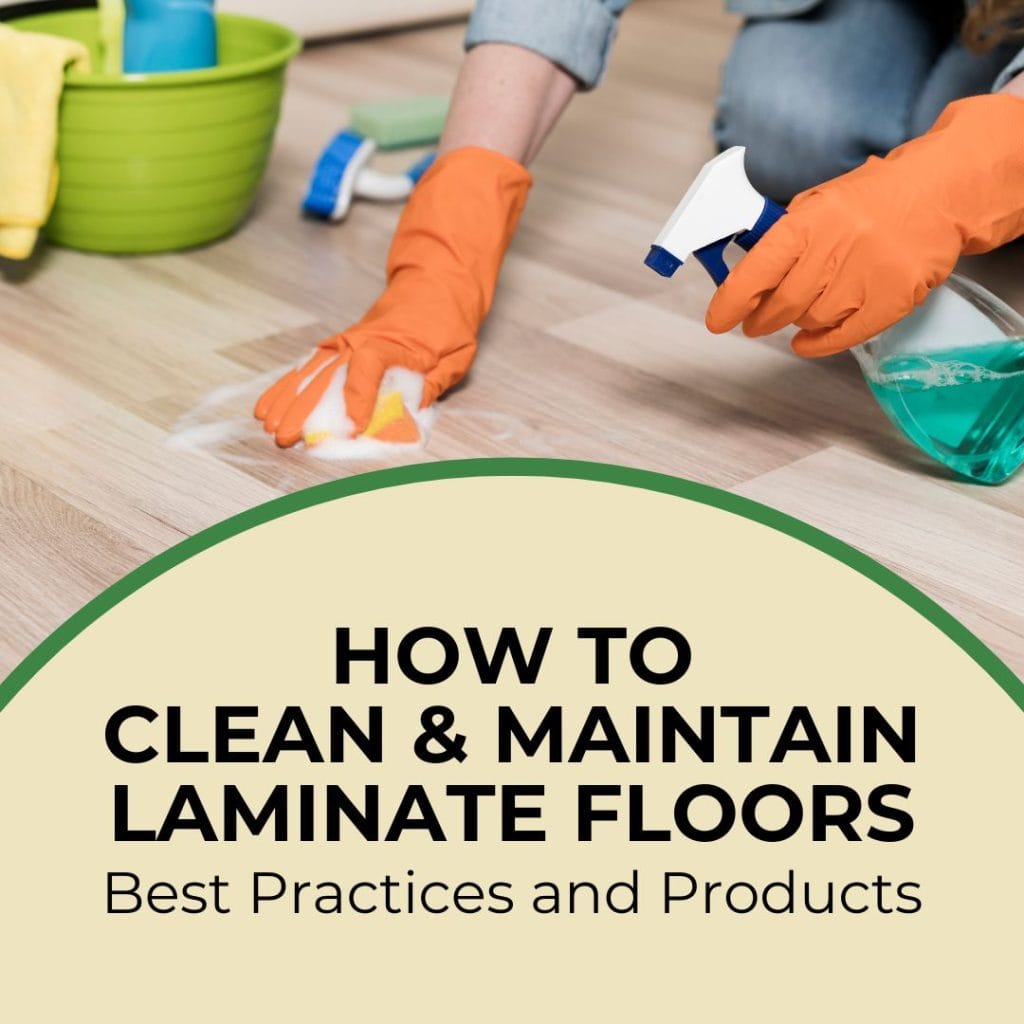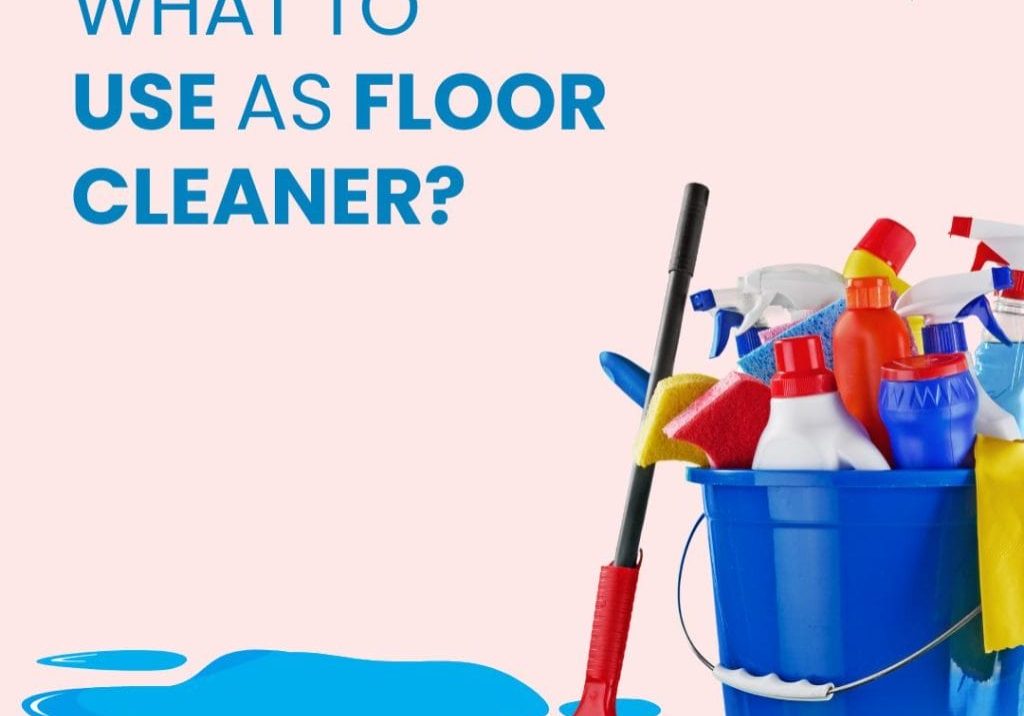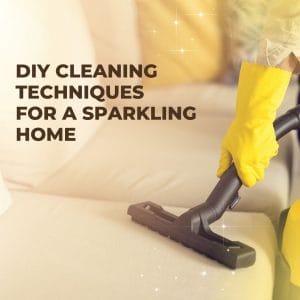Laminate floors are renowned for their durability and aesthetic appeal. However, their maintenance warrants a delicate balance to avoid inadvertent damage. This guide will provide insights on Preventing Laminate Damage, ensuring your laminate floor retains its allure for years to come.
Learn more Laminate Floor Dent Repair: Easy Techniques
How to Clean Laminate Floors Without Causing Damage
Maintaining the pristine appearance of laminate flooring requires a specific cleaning approach distinct from that of traditional hardwood floors. Unlike hardwood, laminate surfaces cannot be refinished if they encounter stains or scuffs, emphasizing the need for proper care to avoid costly repairs or replacements. This is particularly crucial in high-traffic areas where wear and tear are more likely to occur.
One essential tip for preserving laminate flooring is to steer clear of treating it in the same manner as hardwood. The inability to refinish the surface underscores the importance of regular maintenance. Jennifer Meska, the director of merchandising at LL Flooring, highlights the cost-effectiveness of laminate compared to real wood, making it a popular choice for homeowners and builders alike.
To keep your laminate floors in top condition, a simple routine involving regular sweeping or vacuuming, coupled with occasional mopping, can significantly extend their lifespan. This minimal effort goes a long way in maintaining the flooring material’s integrity and aesthetic appeal. Jennifer Meska emphasizes that dedicating a little time to these tasks can yield long-lasting results, ensuring that your laminate floors continue to look as impressive as they did on the day of installation.
Whether you’ve recently installed laminate or vinyl floors, or if you’re aiming to rejuvenate your existing surface to mimic a new flooring installation, these are the top tips for laminate flooring and common mistakes to steer clear of.
Visit Laminate Floor Perfection: Best Practices and Product Picks
1. Do read the cleaning instructions that come with your laminate flooring
Prior to starting the cleaning process, it’s advisable to refer to the manufacturer’s instructions for your flooring. The brand may provide specific recommendations tailored to the materials used on your floors. Many companies offer comprehensive product guides and cleaning instructions on their websites. It is crucial to read these instructions attentively, as the use of harsh or abrasive cleaning products may void the warranty.
Read Laminate Floor Water Damage Repair: Step-by-Step Guide
2. Don’t let stains sit on the floor
Promptly address spills by following the advice of Steve Evans, a cleaning expert from Memphis Maids. Utilize a thick microfiber cloth or sponge to gently blot and absorb the spilled substance. Address stains promptly, as prolonged exposure to liquids, even on water-resistant laminate flooring, may lead to potential damage or discoloration of the surface.
Learn Laminate Over Tile: Potential Issues and Solutions
3. Don’t use abrasive tools
While recent advancements in technology have enhanced the scratch resistance of many laminate flooring materials, it’s still advisable to avoid abrasive tools like steel wool. Opt for a soft-bristle broom or dust mop when sweeping debris. If using a vacuum, exercise caution by selecting an attachment without a beater bar or rotating brush to prevent potential surface scratches.
4. Do (carefully) mop the laminate flooring every two months
Maintain the cleanliness of laminate floors by mopping them every two months. Opt for damp mops, such as microfiber mops, as they are gentle on laminate surfaces. In case you prefer using a conventional mop, ensure it’s wrung out to near-dry before cleaning.
5. Don’t use too much water
The primary consideration to bear in mind is that laminate floors are not compatible with water,” advises Evans. “Especially excessive water. It’s crucial to minimize the use of water and liquids when cleaning these floors.” Even if the flooring material is water-resistant, it’s important to avoid water pooling or seeping through the top layer, as this could result in additional installation costs associated with replacing the laminate planks. Consequently, using a traditional mop bucket is not recommended for laminate floors. Failing to remove all the water can lead to staining or fading.
In contrast, a spray mop can be advantageous because the sprays help control the amount of water used. Promptly drying the floors is essential to prevent any potential damage.
6. Do skip cleaning products not labeled for laminate flooring use
Using cleaning products based on oil may result in streaks, residue, or harm to the floor’s protective sealant. When employing a laminate cleaner, use it in moderation and apply it to the mop or microfiber cloth instead of directly onto the floor. Avoid the use of wax or polishes on laminate floors.
7. Do consider a DIY laminate floor cleaner
Create your own do-it-yourself floor cleaner for regular maintenance by mixing a teaspoon of clear, unscented dish soap with a gallon of hot water. According to Evans, an alternative solution using white vinegar and water is recommended because it leaves no sticky residue, a common issue with hard floors. The suggested ratio is one part vinegar to 10 parts water, providing an effective yet gentle cleaning solution for your floors.
If your floor has developed a slight film or waxy buildup over time due to the use of inappropriate cleaning products, consider combining a gallon of hot water with a cup of white vinegar. Vinegar, being a natural cleaning agent, will effectively break down the film without causing damage to the laminate surface. It’s important to note that the same principles regarding water application should be followed for both DIY solutions. Ensure the mop is only slightly damp, and never allow water to pool on the floor.
8. Do use household hacks for stubborn stains
To effectively address stubborn stains such as candle wax or ink, utilize readily available cleaning techniques. Use an ice-filled plastic bag on chewing gum and candle wax; once it hardens, remove it with a plastic knife, scraper, or credit card. Rubbing alcohol is an effective solution for dealing with paint, ink, nail polish, and crayon stains.
9. Do protect the surface from future damage
To prevent potential scratches in the future, place furniture pads beneath the legs of chairs and tables, particularly if they are regularly moved. For areas prone to dents or subjected to heavy foot traffic, consider using rugs to minimize wear and tear. Adding a rug under a dining room table or desk chair not only protects your floors but also elevates your interior design. In case your laminate flooring already exhibits scratches, you may explore the Pergo repair kit as an option to conceal the damage.
10. Don’t forget a doormat
The dirt brought in from outdoors not only dirties your floor but also poses a threat to its integrity. The abrasiveness, such as the grit on a dirty shoe sole, can be a significant adversary for your laminate floor, causing scratches, dullness, and even dents. Prevent dirt from causing harm by using a welcome mat that combines both style and functionality. An excellent choice is a woven mat crafted from wool and jute by Hay. Opting for such a low-maintenance solution can have a considerable impact.
11. Do trim your pet’s nails
While not a cleaning tip for laminate floors, it’s essential for floor maintenance. Ensure your pet’s nails are regularly trimmed to prevent damage to the decorative layer, as they can cause scuff marks on the laminate floor.
See Our Guides
- Mastering Laminate Floor Repairs: A Comprehensive Guide
- Mastering Studio Living: Space, Cleanliness, and Beyond
Frequently asked questions
How do laminate floors differ from wood floors?
Prior to commencing the cleaning process, it is crucial to have a comprehensive understanding of various flooring products. In contrast to genuine wood, which may be available in thin or wide planks, laminate flooring consists of three layers.
Additionally, it is advisable to take note of the AC rating of your prospective floor. AC, which stands for abrasion criteria, spans from AC1 (suitable for light foot traffic) to AC5 (designed for commercial use). If the space experiences high activity, opting for AC3 from a reputable laminate retailer is recommended to ensure durability and minimize wear and tear.
The core layer: The primary function of this laminate flooring layer is to provide support for foot traffic and any additional weight placed on the floor by homeowners. It may be constructed from high-density fiberboard (HDF) or medium-density fiberboard (MDF). In instances of inferior quality laminate flooring, the core layer might consist of cardboard, resulting in potential unevenness in the floors.
It’s important to note that laminate flooring, a variety of floating floor, is installed above the underlayment, which needs to be evenly spread across the subfloor. The presence of underlayment is crucial, as it facilitates a smooth and secure installation of the floor, minimizing creaking and providing stability for foot traffic.
The decor layer: A paper featuring an authentic wood appearance is applied above the foundational layer, enhancing the flooring with a realistic wood look. Modern floor designs can now emulate genuine wood, seamlessly blending into various settings, from the living room to a basement.
The wear layer: A top coat provides exceptional scratch resistance to the item. When selecting flooring for high-traffic spaces such as a mudroom or foyer, opt for a wear layer that provides enhanced protection. Frequently, this layer is embossed with a textured plate to impart a genuine wood grain texture that is both visible and tangible. When cleaning laminate floors, the primary focus should be on safeguarding this top layer.
What’s the best thing to use to clean laminate floors?
Taking care of laminate floors is a breeze, according to Meska. An effective tool for this task is a microfiber mop, preferable to the traditional mop with strings. The key is to avoid excess water, as it can seep between the laminate planks and cause damage, such as swelling or floor bubbling. If a regular sponge or string mop is all you have, make sure to wring it out so that it’s damp, not soaking wet, to prevent staining or fading. Evans suggests using warm or hot water, but not boiling hot.
For those who prefer a different approach, a spray mop or a Swiffer stick with microfiber rags can be equally effective for weekly cleanings. This option is particularly useful for reaching challenging spots, like under the living room couch. If you’re in search of a more thorough cleaning routine, Evans recommends considering a steam vacuum like the Shark HydroVac. This versatile tool comes equipped with a multisurface brush roll, capable of picking up everything from dust to crumbs.
What not to use to clean laminate floors?
It’s crucial to avoid using harsh tools and abrasive cleaners on laminate floors, such as bleach and ammonia, as even heavily diluted solutions can cause irreversible damage and potentially void your warranty. Additionally, steer clear of acetone and nail polish remover, as they can also harm the flooring, even when attempting to remove stains. While laminate floors are durable, they can be susceptible to scratches and scuffs, so it’s best to avoid using abrasive materials like steel wool.
Unlike tile flooring, laminate floors cannot withstand hot steam. Even when spot treating tough stains, it’s important to test a small section before covering a larger area of the laminate surface. According to Evans, who emphasizes the sensitivity of laminate floors to excessive heat, steam cleaning may loosen the top protective wear layer and result in damage to the surface. Therefore, caution is advised when considering cleaning methods for laminate floors.
How do you clean laminate floors without leaving the film?
When searching for new floors, one crucial detail often missing from visualizer features is the potential streaky film caused by using inappropriate household products. To maintain laminate floors, it is essential to use a cleaner specifically designed for them, such as Bona Hard Surface floor cleaner. Wax or polishes are not recommended, as they can harm the flooring’s top layer.
If, however, you’ve inadvertently used the wrong product and your floors appear dull, some experts suggest a gentle buffing with a DIY cleaner made of baking soda and white vinegar. Mix the ingredients with warm or hot water and apply the solution with a soft cloth. To ensure complete removal after deep cleaning, use a microfiber mop. It’s important to note that baking soda or scouring powders may potentially scratch the surface, so always perform a test in a small section before applying the solution to your entire floor.
Additionally, Evans advises an alternative solution: mix one tablespoon of powder detergent, such as Tide, with one gallon of water. This minimal amount of detergent prevents the formation of a soapy film on the floor while still leaving them smelling and looking clean, according to Evans.
How do I get my laminate floors to shine again?
Regularly sweeping the floor is a key step in maintaining the cleanliness of your laminate flooring. According to Evans, this practice can effectively delay the need for mopping and prevent unnecessary water from being introduced to the floor. A dust mop should be used every other day to efficiently eliminate everyday dirt.
To begin the cleaning process, equip yourself with a broom or vacuum cleaner to remove any dust, dirt, or debris. These small particles, if left unattended, can act like sandpaper and potentially dull the laminate over time. After thorough sweeping, proceed to use a floor cleaner along with a damp (not wet) mop featuring a microfiber pad, as recommended by Meska. To ensure even drying, finish by dry mopping to absorb any excess moisture present on the floor.
Executing each step systematically is crucial. Begin at one end of the room and work consistently in a single direction to prevent the redistribution of dirt across the floor. For dealing with stubborn spots and scuffs, consider using a product like Lysol Multi-Surface Cleaner Mango & Hibiscus. Gently buff the trouble areas to achieve a deep clean.
If there is an area rug in the room, remember to remove it a few times a year. This practice allows you to clean the laminate floor underneath the rug, maintaining the overall cleanliness and longevity of your flooring.
Conclusion
In conclusion, preventing laminate damage is about using the right cleaning tools and techniques while avoiding harmful products. Regular sweeping, damp mopping, and the use of mild detergents can ensure the longevity and sheen of your laminate floors. Remember, excessive water and heat are the enemies of laminate flooring, and the choice of cleaning product can make a significant difference. Be wise and maintain your laminate floors properly, preserving their beauty for years to come.
